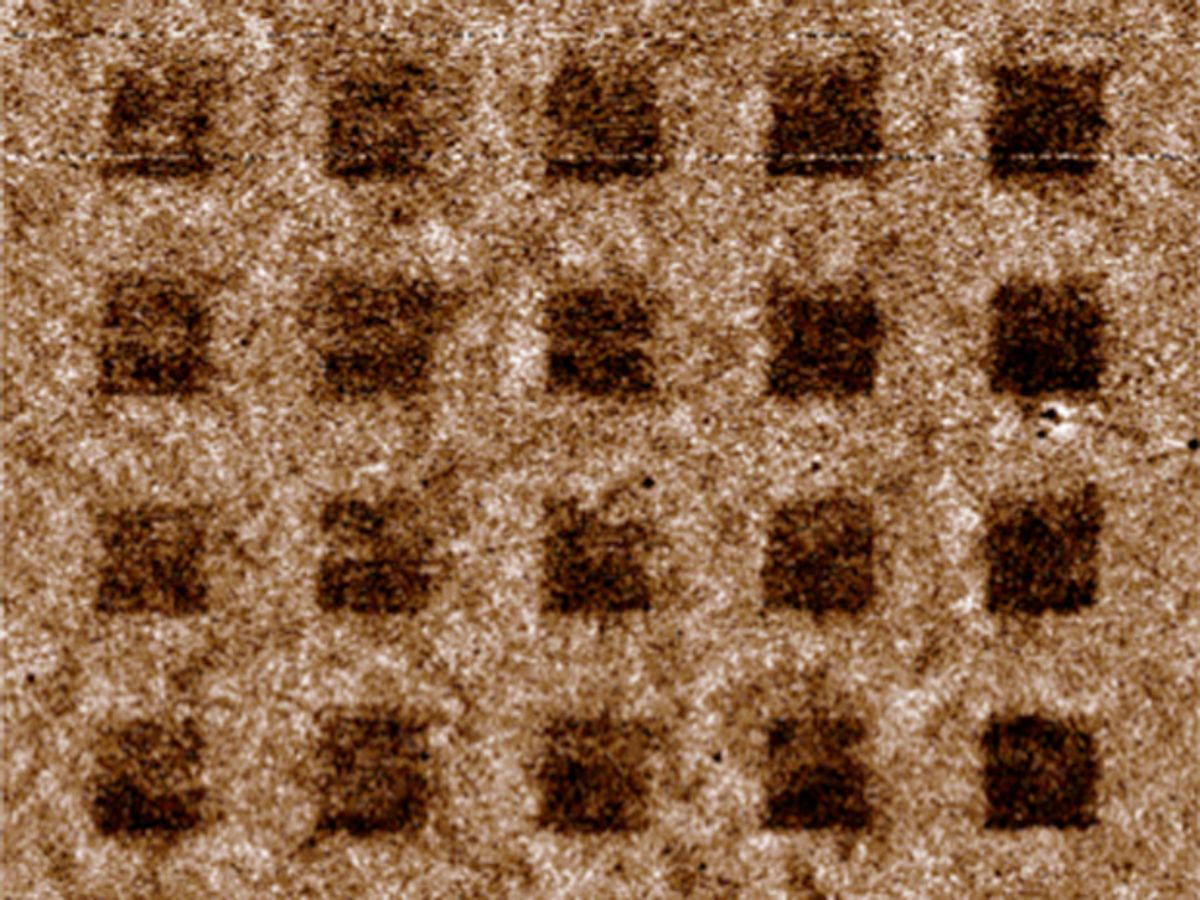Lately there has been a trend in graphene research to imbue the material with both magnetic and electric properties. But just two years ago, the research world was pretty impressed that a team in Spain was able to make graphene magnetic alone.
Now researchers at the U.S. Naval Research Laboratory (NRL) have gone back to imparting just magnetic properties into graphene, and in so doing may have developed a method that could lead to graphene becoming a new data storage medium capable of a million-fold increase in capacity over today’s hard drives.
While previous methods for magnetizing graphene involved putting defects into it or adding chemical groups to it, this new method the NRL researchers developed, which is described in the journal Advanced Materials, is actually a simple and seemingly scalable process. The result is that it can produce large-area magnetic graphene that can be easily patterned.
The production technique starts with putting a layer of graphene over a silicon wafer. The graphene-covered silicon wafer is then placed into cryogenic ammonia that contains a small amount of lithium. This process adds hydrogen to the wafer, which makes it ferromagnetic.
While that is a pretty neat feat, what surprised the researchers was just how evenly the magnetism was spread across the wafer.
"I was surprised that the partially hydrogenated graphene prepared by our method was so uniform in its magnetism and apparently didn't have any magnetic grain boundaries," said Dr. Paul Sheehan of NRL's Chemistry Division in a press release.
The key development is what the NRL researchers discovered next: it is possible to remove hydrogen atoms from the material using an electron beam, keeping some areas magnetic and removing the magnetism from others. The electrons coming from the electron beam break the bonds between the hydrogen and the graphene. With this technique large areas of the graphene can be patterned to tune the magnetism.
"Since massive patterning with commercial electron beam lithography system is possible, we believe that our technique can be readily applicable for current microelectronics fabrication," said Dr. Woo-Kyung Lee, materials research scientist in the Chemistry Division at NRL and project lead in the press release.
The NRL researchers are not ready to claim graphene is the data storage medium of the future. They concede that they still need to figure out how fine in detail they can make the patterns with the electron beam lithography and how long the ferromagnetism remains stable in the material.
However, if they are able to address these issues satisfactorily, it could mean a storage medium in which a single hydrogenated-carbon pair could store a single magnetic bit of data, thus the lofty claims of, potentially, a million-fold increase in capacity over today’s hard drives.
Dexter Johnson is a contributing editor at IEEE Spectrum, with a focus on nanotechnology.



